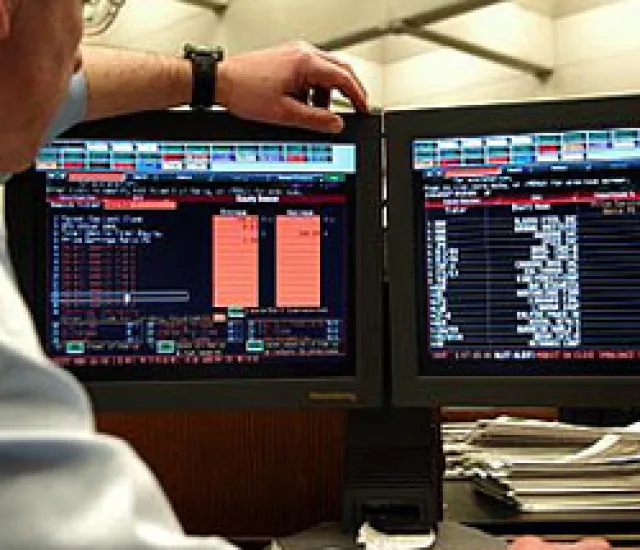The second-quarter equity earnings announcements have begun. Imagine if analysts' estimates weren't focused solely on share prices, but on richer criteria. Take Alcoa for example. The market has coughed and spluttered over an estimated and actual price difference of just two cents, while all investors really wanted to know was how healthy the company is before they buy it.
What if Alcoa could have been compared to the ETF for its sector, materials, instead of some consensus forecast from multiple analysts, whose methods and success rates may vary greatly? If investors could compare Alcoa's fundamentals – its sales, earnings, cash flows, income statements and balance sheets – against those of other sector stocks in an ETF, they would be on firmer ground to predict how the company will continue to fare against the strains common to others in its space. It seems so obvious, why hasn't someone figured out how to do it by now?
Well, someone has. Darien, CT-based Buyside Research, founded in 1996 by James G. Squyres, a wiry, wavy haired Irishman whose combination of capital markets and technology savvy helped support SIAC, the IT engine behind the New York Stock Exchange, long after it should have sputtered to a wheezing stop, developed the “Method and System for Comparison and Evaluation of Investment Portfolios”. Admittedly, Squyres' service is more function than style right now. A catchier name is in the works.
“By using actual industry data, the average quarterly earnings of the IT industry, say for IBM, Wall Street for the first time will have actual benchmarks – instead of estimates,” says Squyres. “Earnings seasons are the catalysts for our reports. So the Wall St. Journal might report that 'IBM posted 1Q earnings today of $2.31, up 17%. This compares to an industry increase of 20% as reported by iShares’ IT sector ETF (ticker IYW).'”
After getting two patents to secure the ‘special sauce,’ what Squyres calls his software for crunching all the voluminous data points needed to do fundamental analysis of so many stocks, Squyres and partners Robert S. Paolucci and David F. Hurwitt are ready to make a deal with an ETF provider like Black Rock, Vanguard or SSgA. So far, Squyres declined to discuss any negotiations in the press. The partnering client would ideally supply some of the data, which would include two databases; one for the ETF stock holdings and the second would be a COMPUSTAT type database with fundamental data for every stock in the chosen ETF or other benchmark fund. From this Buyside calculates the weighted average for the ETF, plus or minus the patented adjustments. S&P and Schwab have used the system, says Squyres.
Dean Miltimore, a Managing Director at TruNorth Capital Partners LLC, an investment banking service in Norwalk, CT, has seen the method work, too, and concluded that “it's a hugely clever product.” Miltimore, who was a Managing Director with BNY Capital Markets, Inc, and spent eight years in M&A for Bankers Trust Company, says that there have been comparisons of various ETFs in terms of their fundamental ratios in trying to use them as a predicting tool. Squyres's office does good work in this vein, says Miltimore, who has no monetary interest in the project. “I think his model offers a good solid fundamental analysis.”
The client chooses which fund it wants to use as its benchmark, says Miltimore, “devising any sort of measures they want and whatever forms of value they want to apply, using any aspect of performance according to what they value, all on an actual rather than subjective basis,” he said. “It's a very brilliant idea.”






